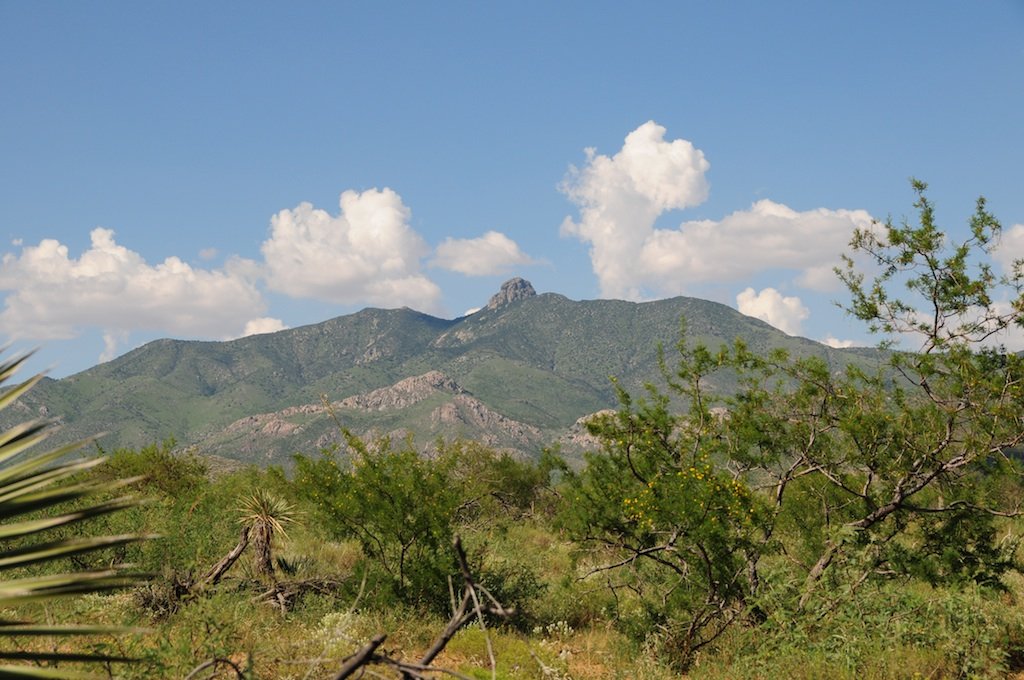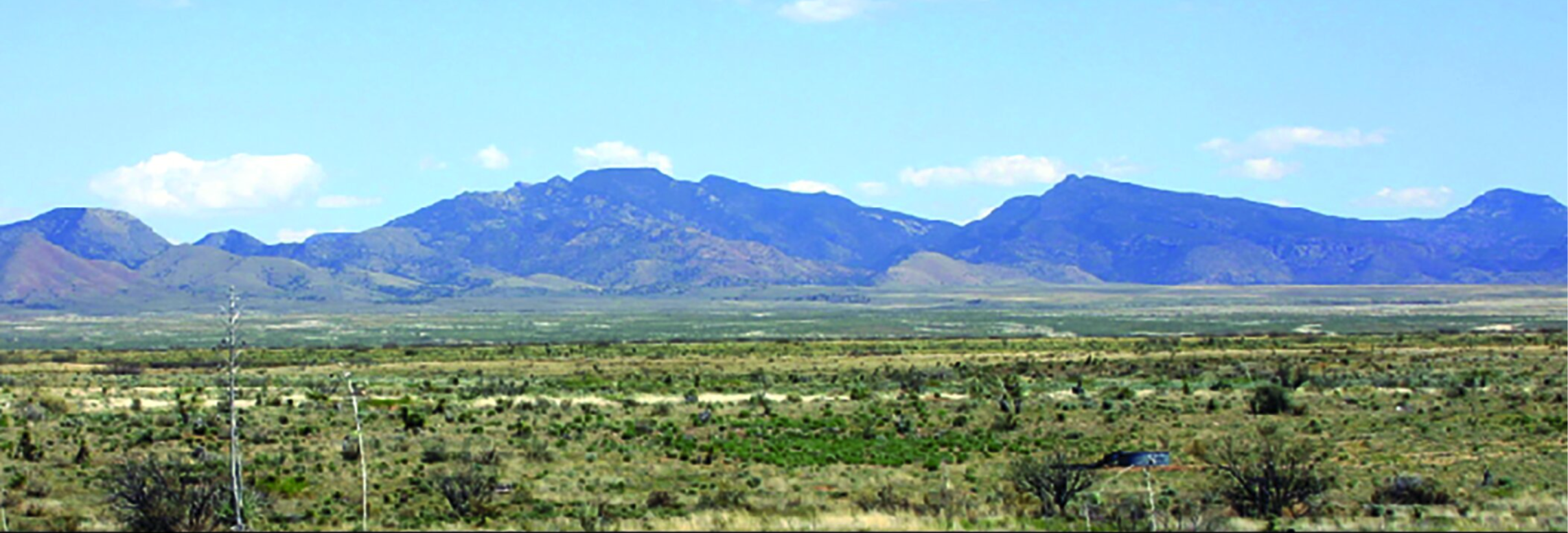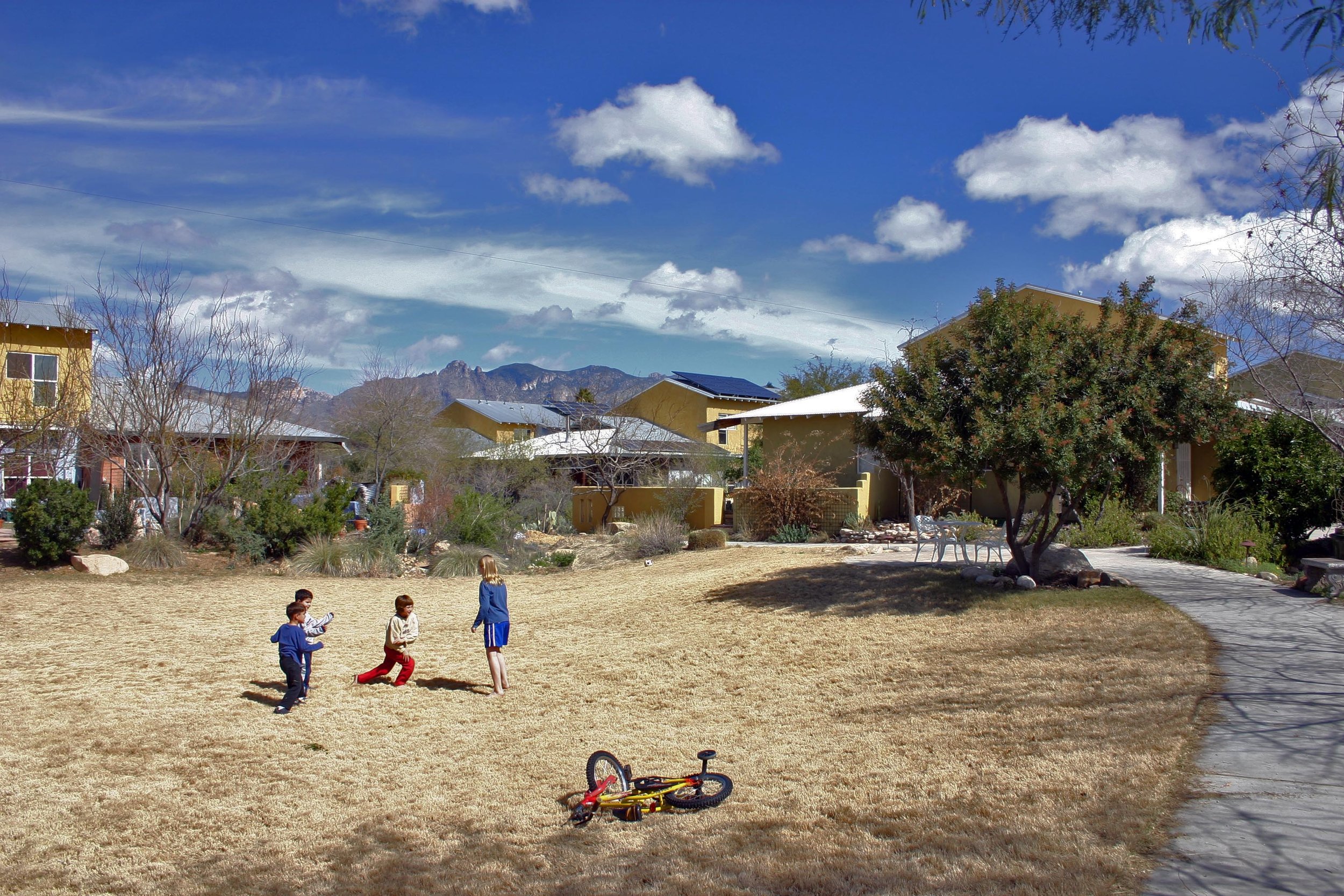
VISION
Saving This Rangeland
An Investigation of Underlying Factors
Our Solution
Saving This Rangeland
Why should we be concerned about the loss of rangeland?
According to the Arizona Land and Water Trust, “Working landscapes and the natural landscapes they protect are increasingly threatened by urban encroachment and fragmentation as a consequence of the conversion of ranchlands and farms to real estate development. According to USDA reports, annual rangeland loss in the 11 western states may be as high as 2-3 million acres.”
“Grazing lands provide many benefits to people, including clean air and water, forage for livestock, and wildlife habitat. Keeping these lands in working agriculture is critical to maintaining local and regional agricultural economies, plant and wildlife habitat, and the integrity of large, intact natural areas.”
“In Arizona, the landscape is changing rapidly. In Southern Arizona accommodating growth is splintering working rangeland and farms into smaller and smaller pieces. Cochise County lost 27% of its farmland in the five years between 1997 and 2002. We are losing our ability to grow crops, protect our water quality, and even the economic fabric of our rural towns. The fallout from growth pressure demands our attention now.”
How will building homes and communities on Southern Arizona rangeland save it from extinction?
Tucson architect John Riggs has a plan. John grew up on Red Wing Ranch, part of the original Riggs Family Settlement near the Chiricahua Mountains in Cochise County, Arizona. He has watched as successive generations on Arizona ranches have divided up inherited parcels, making them too small to ranch profitably. He sees landowners selling off parcels for wildcat developments that destroy the landscape, remove wildlife, and endanger resources.
John plans to reverse that trend by investing in smart, sustainable, and ecologically-sensitive communities that nestle seamlessly into the landscape, conserve natural resources, and fill a growing need for responsible and affordable housing.

Native Rangeland
at the Western Base of the
Chiricahua Mountains

40-acre Ranchettes
An Investigation of Underlying Factors
The three main factors causing the disappearance of southern Arizona’s native grassland and sustainable ranching are ranch profitability, drought, and population pressure.
Traditionally, most of southern Arizona’s ranchland has been devoted to raising beef cattle, horses, and sheep. Because of sparse and seasonal grasses and water, it takes a very large spread to make cattle ranching profitable.
There are significant economies of scale in ranching. A larger operation can run 800 to 1,200 cows per worker, which helps keep labor, housing, equipment and equine costs per cow low. Large ranches can also rotate stock between winter and summer pastures, grow their own hay and alfalfa, and access more sources of natural water, thus reducing the need for wells, electricity, and purchased feed.
Large ranches can also leverage equity if they want to develop water, build fencing or make improvements. As properties become smaller through generational division, their herd size is reduced, and operating costs per cow rise, and therefore their debt-to-equity ratio also rises, making it more difficult to get improvement loans.
As in many industries, common operating costs have been rising. Typical cattle ranching costs include fuel and oil, supplies, veterinary, and repair costs.
At the same time, cattle prices have been and will continue to be, volatile with low prices predicted for 2018-2020. Ranchers cannot afford to buy calves when prices are high in order to meet finished beef demand when prices are predicted to below. Herds must be sizable enough to be able to produce and raise their own calves.
Without enough land to provide supplemental feed and year-round grazing, small to mid-size ranchers are facing a losing battle.
On top of those challenges, the millennial market is impacting the industry by demanding a healthier, higher-quality beef without hormones, antibiotics, and GMO feed. To meet this demand many ranchers, including Red Wing Ranch, are moving toward grass-fed, natural beef production and selling direct to market. This requires irrigated pastures or ample acreage of year-round pasturage and large herds. Selling direct requires more inputs in terms of labor and marketing—which requires a lower cost-per-cow in order to realize profit.
Small ranches struggle to be profitable and provide a good standard of living. Many owners give up and sell their land to be used for housing development, or they sell to global corporate agribusinesses.
Drought and climate change add to the burdens of small to mid-size landowners. Cyclical seasons of drought are not uncommon in Arizona and ranches need to be large enough to offer various types of pasture—mountain, seasonal streambed, and summer pastures that take advantage of monsoons to produce fast-growing, shallow-rooted grasses.
Seasons of drought are offset by cycles of El Nino and La Nina rainfall, but these cycles cannot be reliably predicted and may differ slightly from region to region. Drought in neighboring regions like Texas and Mexico often spark a sell-off of cattle, which suppresses beef prices.
A third factor that contributes to the loss of grassland is population pressure. Overall, the U.S. population is expected to increase by 25% to at least 400 million over the next 30 years.
Arizona’s warm, dry climate, stunning desert landscapes, active lifestyles, and lack of natural disasters have long attracted second home and snowbird buyers. More recently, millennial and young families come seeking affordable high-quality homes and lifestyles. In 2016, Arizona had an 8.43% growth rate, making it the 7th fastest growing state in the U.S.
This has increased the trend toward ranchettes and the development of rural subdivisions. People want to feel in touch with the land and they want some space and privacy—but they don’t want the responsibility of caring for larger properties. Arizona’s arid and semi-arid landscapes encourage xeroscaping and minimal maintenance.
In the face of these pressures, ranchers and small landowners sell off their property, and in the words of singer-songwriter Joni Mitchell, “they paved Paradise and put up a parking lot.”

Community Residences
with Native Rangeland Views
and
Pedestrian Walkways to Community Facilities
Our Solution
The Mare Pasture is an innovative and sustainable answer to disappearing rangeland.
Rangeland in the Sulphur Springs Valley where Red Wing Ranch and The Mare Pasture are located is zoned for 1 house every 4 acres, which equals 250 homes spread over 1,000 acres. But this, of course, is exactly what The Mare Pasture is designed to prevent.
By anticipating conflicting pressures and resolving them through smart planning, The Mare Pasture becomes a working and profitable agritourism center, a productive ranch, and a vibrant community.
Instead of a sprawl of homes and rural ranchettes, The Mare Pasture places residential, commercial and educational spaces in a well-planned and seamlessly integrated community which preserves 75% of the original 1,000 acre Mare Pasture ranchland.
We believe that when other large ranch owners see the success of this model, they will want to follow suit. In the Southwest, there are many ranches over 10,000 acres. Red Wing Ranch, in its entirety, is 11,600 acres. If we build two communities totaling 600 acres, we have saved and preserved 11,000 acres of historic, working ranchland.
Visit our Planning Modules section to learn more about the planning elements integrated into The Mare Pasture community.
Visit our Sustainability section to learn more about how The Mare Pasture conserves natural grassland and resources.
Visit our Brannick Institute section to learn more about our effort to save native rangeland.
